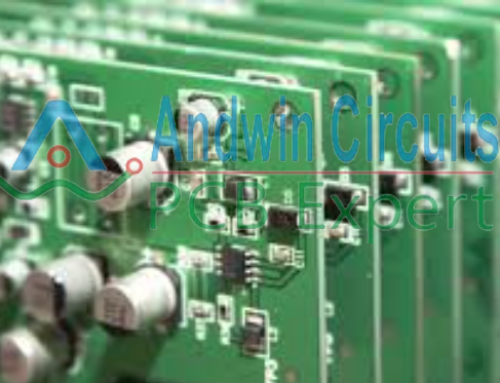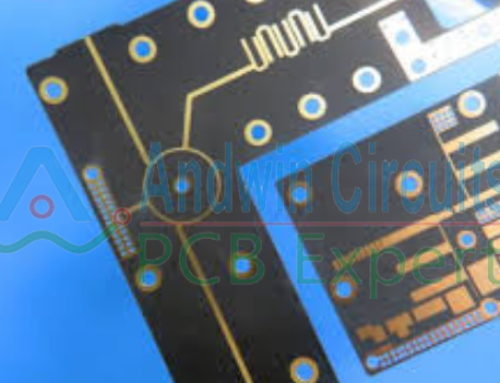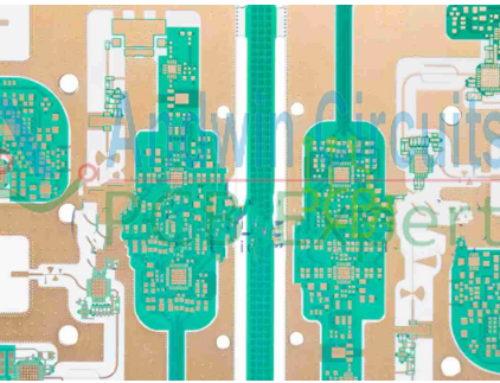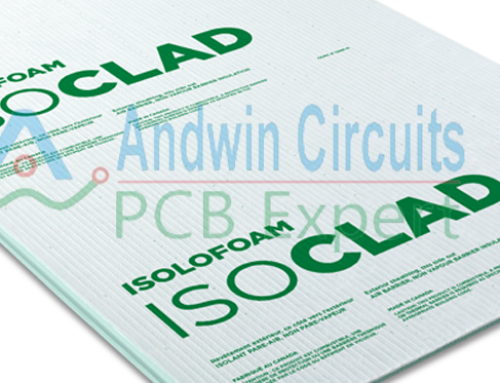What is flex pcb material thickness?
Flex PCBs can have a variety of material thicknesses depending on the specific application and design requirements.
Generally, the thickness of the base material for a flex PCB ranges from 0.05mm to 0.5mm,
while the thickness of the copper layer can range from 9um to 70um.
However, these values can vary depending on the specific design and manufacturing process used.

how to calculate flex pcb material thickness
The material thickness of a flex PCB is determined by the specific design requirements and the manufacturing process used.
Here are some factors to consider when calculating the material thickness for a flex PCB:
1. Bend Radius: The bend radius of the flex PCB is a critical factor when determining the material thickness.
The thinner the material, the smaller the bend radius can be achieved.
However, thinner materials are also more fragile and can be more difficult to handle during the manufacturing process.
2. Number of Layers: The number of layers in the flex PCB will also affect the material thickness.
More layers will require a thicker material to maintain the necessary flexibility.
3. Copper Weight: The thickness of the copper layer on the flex PCB will also affect the material thickness.
Thicker copper layers will require a thicker material to maintain flexibility.
4. Environmental Factors: The operating environment of the flex PCB will also affect the material thickness.
If the PCB will be exposed to harsh conditions, such as high temperatures or chemicals,
a thicker material may be necessary to ensure the PCB’s reliability.
To calculate the material thickness for a flex PCB, it is best to consult with a PCB manufacturer or designer who can take into account all of these factors and provide recommendations based on your specific requirements.
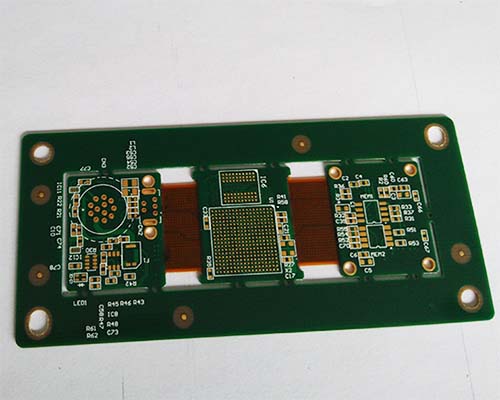
flex pcb laminate
Flexible printed circuit board (PCB) laminate is a type of material used in the manufacturing of flexible PCBs.
It is a thin, flexible material made up of multiple layers of copper foil and insulating material, such as polyimide or polyester film.
The copper layers are etched to create the circuitry, and the insulating layers provide electrical insulation and mechanical support.
The flexibility of the laminate allows the PCB to bend and twist,
making it ideal for use in applications where space is limited or where the PCB needs to conform to a specific shape or contour.
Flex PCB laminate is available in a variety of thicknesses and can be customized to meet specific design requirements.
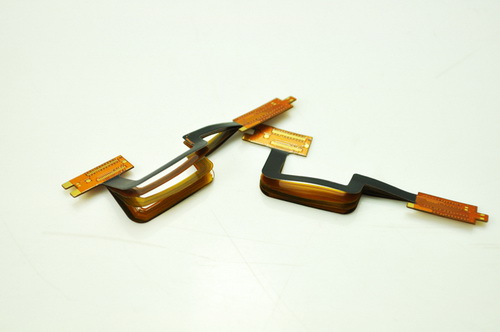
the role of flex pcb laminate
The role of flex PCB laminate is to provide a flexible and durable substrate for the creation of flexible printed circuit boards.
The laminate acts as the foundation for the circuitry, providing electrical insulation and mechanical support.
It also allows the PCB to bend and flex without breaking or losing its electrical properties.
The copper layers within the laminate are etched to create the circuitry,
and the insulating layers provide protection against short circuits and other electrical issues.
Flex PCB laminate is essential for the creation of flexible PCBs, which are used in a variety of applications, including aerospace, medical devices, and consumer electronics.
where is the flex pcb laminate used?
Flex PCB laminate is used in a wide range of applications that require flexible and durable printed circuit boards.
Some common applications of flex PCB laminate include:
1. Consumer electronics: Flex PCBs are widely used in smartphones, tablets, laptops, and other portable devices due to their thin and lightweight design.
2. Automotive industry: Flex PCBs are used in automotive applications such as dashboard displays, entertainment systems, and sensors.
3. Aerospace industry: Flex PCBs are used in aerospace applications such as satellite systems, avionics, and communication systems.
4. Medical devices: Flex PCBs are used in medical devices such as pacemakers, defibrillators, and diagnostic equipment due to their flexibility and durability.
5. Industrial applications: Flex PCBs are used in industrial applications such as sensors, robotics, and control systems.
Overall, flex PCB laminate is used in any application that requires a flexible and durable printed circuit board.
Other PCB products, you may interesting









